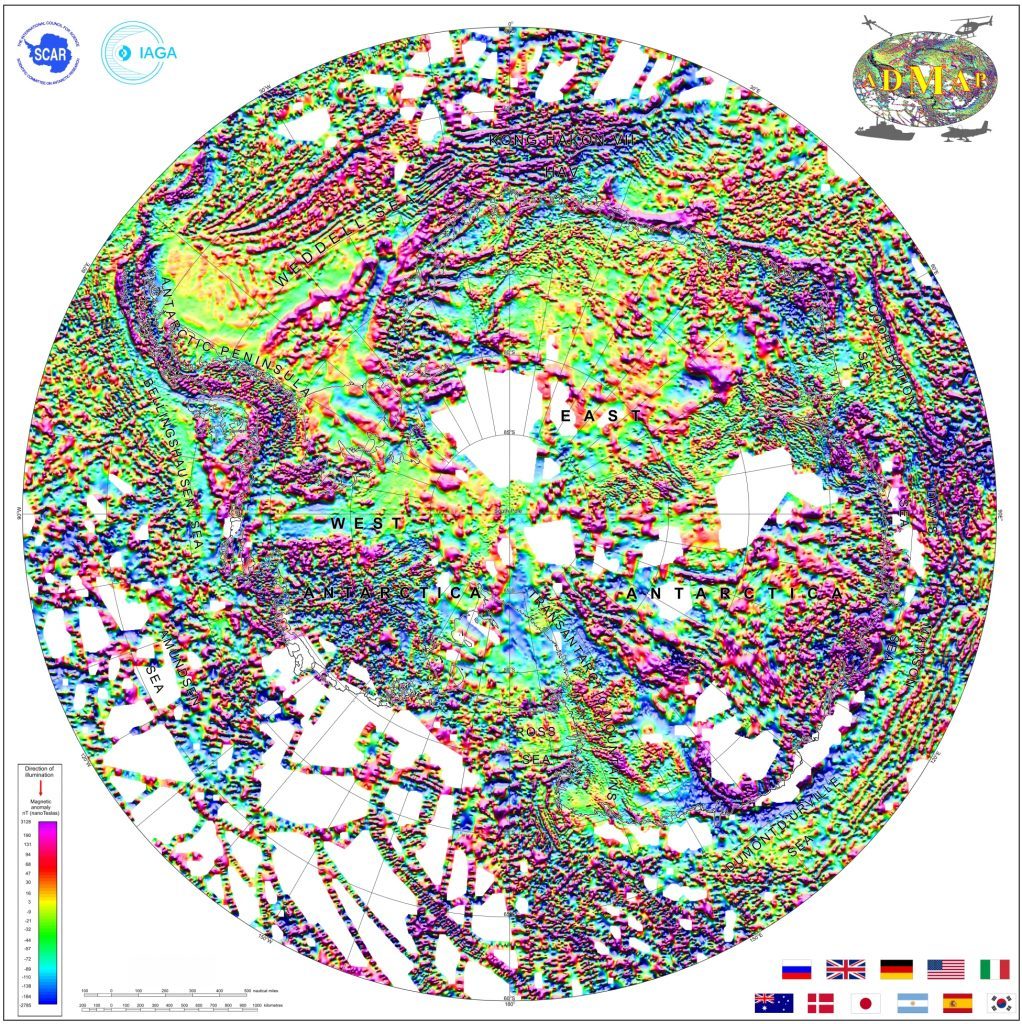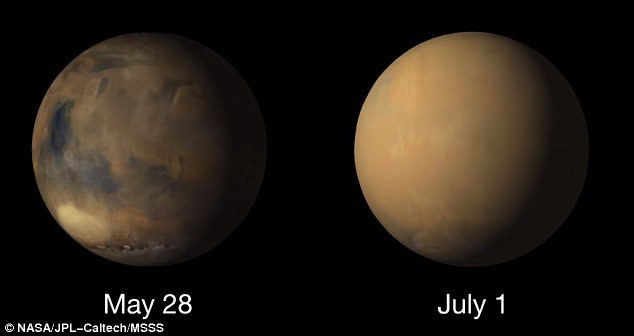OF THE
TIMES


"It takes a firm on average 13 years and costs $130 million to launch a GM crop""Rather than just four or five large multinationals dominating the market, you're going to have an explosion of companies all over the world innovating and coming up with improved crop varieties," says Tony Moran of US biotech company Cibus.
"I guess I worry about a couple of things. I think there's sort of the potential for unintended consequences of gene editing in people for clinical use. How would you ever do the kinds of experiments that you might want to do to ensure safety? And then there's another application of gene editing called gene drive that involves moving a genetic trait very quickly through a population. And there's been discussion about this in the media around the use of gene drives in insects like mosquitoes to control the spread of disease. On one hand, that sounds like a desirable thing, and on the other hand, I think one, again, has to think about potential for unintended consequences of releasing a system like that into an environmental setting where you can't predict what might happen."CRISPR's catch-22: Two new studies warn the gene editing tool can trigger cancer
CRISPR may be far more sophisticated and precise than previous genetic engineering techniques, but precision is no guarantee of safety, as these two studies reveal. There have been many occasions where a genetically engineered (GE) crop has been shown to be unexpectedly toxic or allergenic when the conventional crop had no such issues. The reality is that scientists really don't know what side effects may be produced by DNA tampering. The effects are extremely unpredictable.
Even CRISPR, for all its precision, creates off-target effects. This is a serious concern not only in medicine but also in agriculture. As noted in a recent paper,23 "CRISPR technology is erasing barriers to genome editing and could revolutionize plant breeding." In plants, the potential for unintended effects such as toxicity and allergic potential remain high even with CRISPR technology, for the simple fact that when you alter one or two genes in a genome the side effects ripple through the whole genome.
A new protein could be created in the process that could be toxic or allergenic, or you could change the biochemical pathways of a plant, making it less nutritious or more toxic. Moreover, most GE plants are engineered for the express purpose of either expressing an internal insecticide or to tolerate direct herbicide application. So even if CRISPR technology improves the specificity of the genetic alteration, the toxic effects of herbicides and insecticides in the plant remain an issue.
Comment: Further reading: